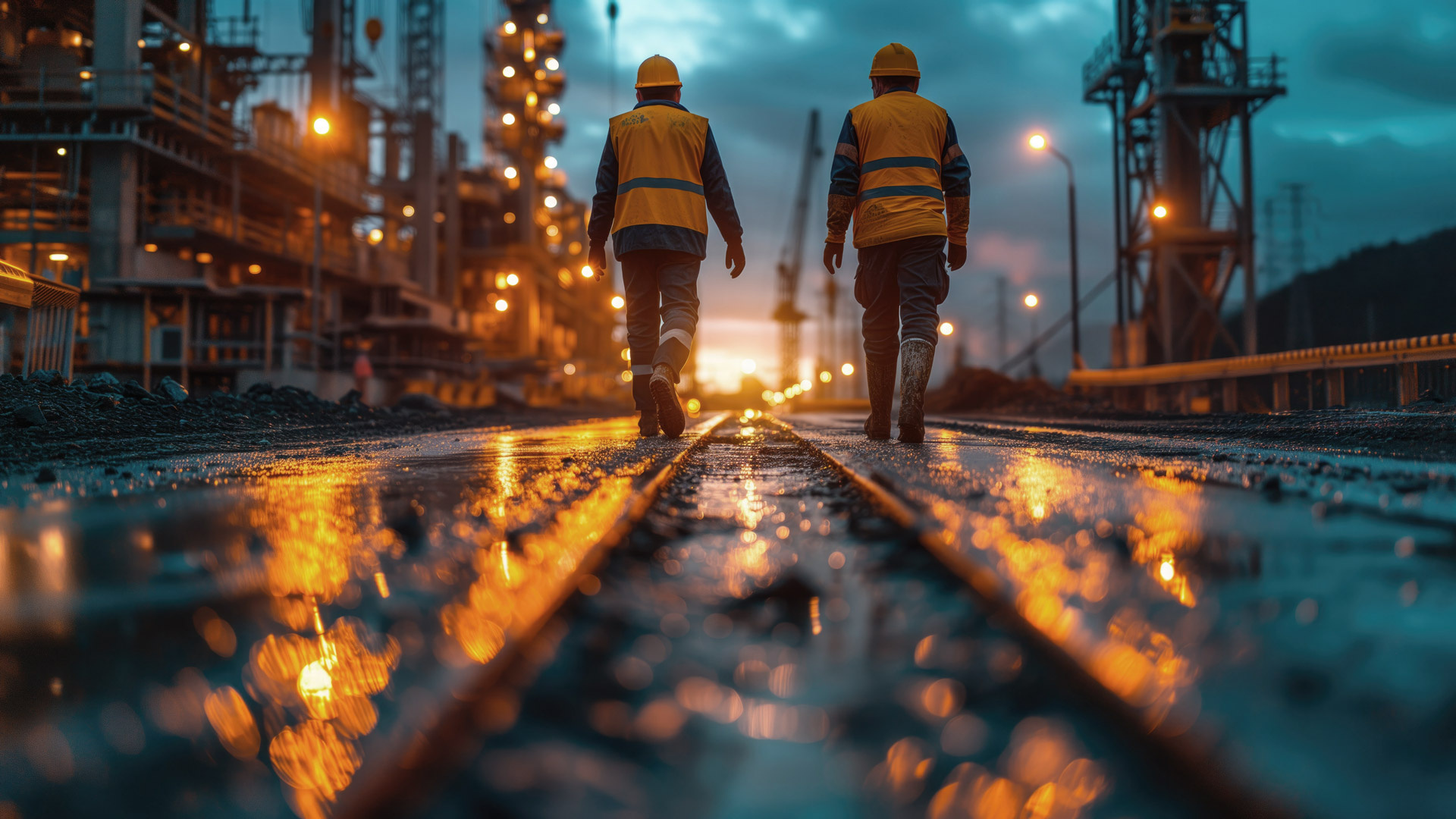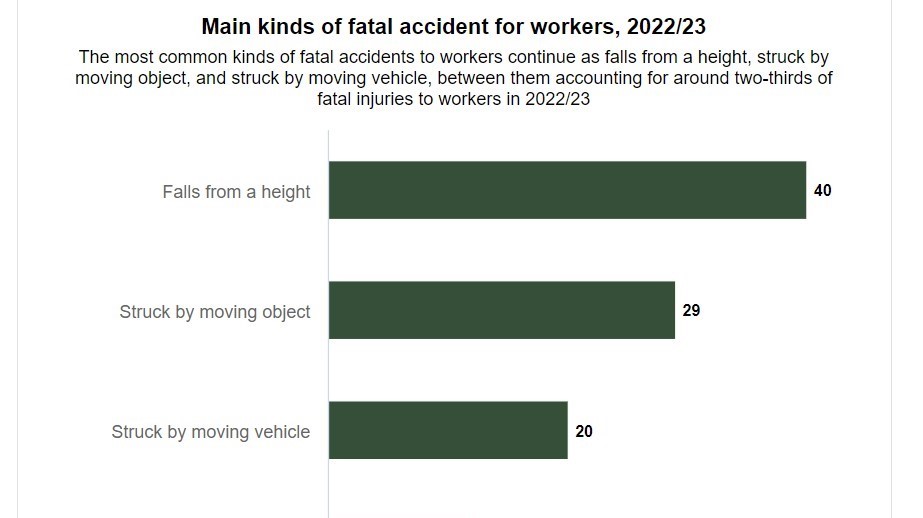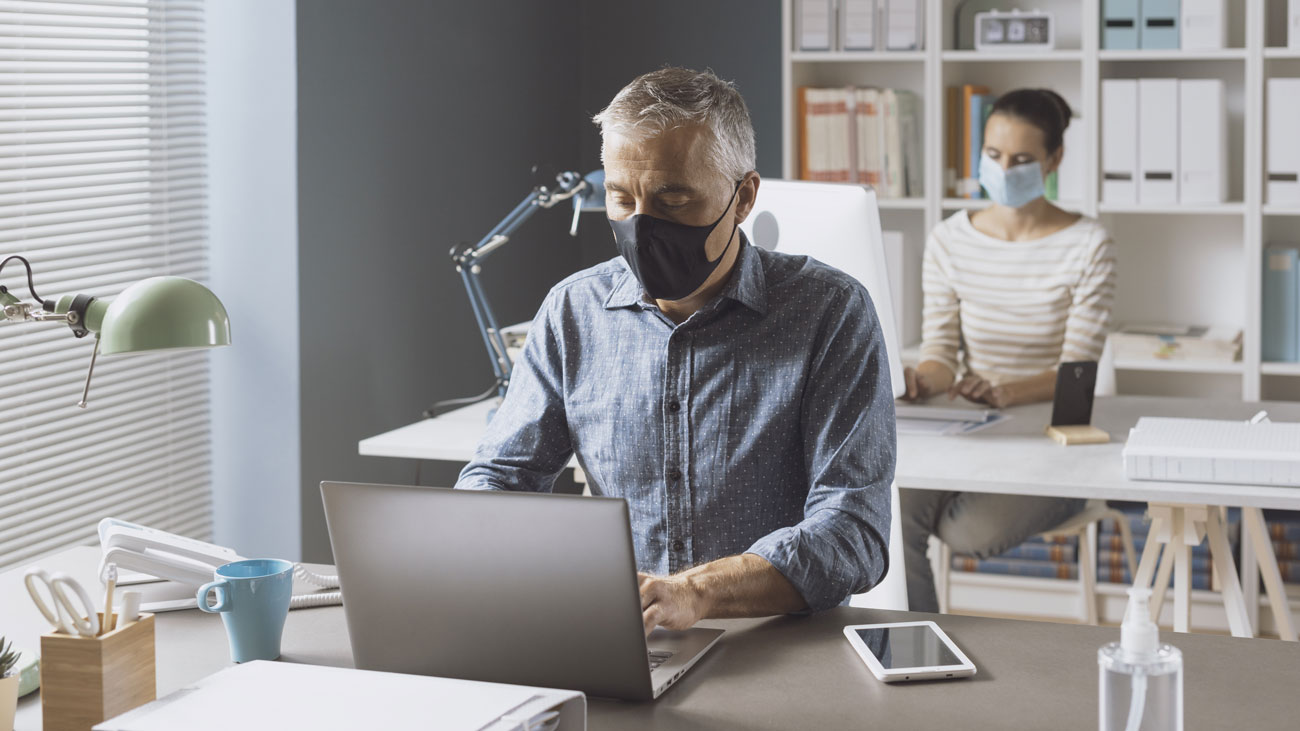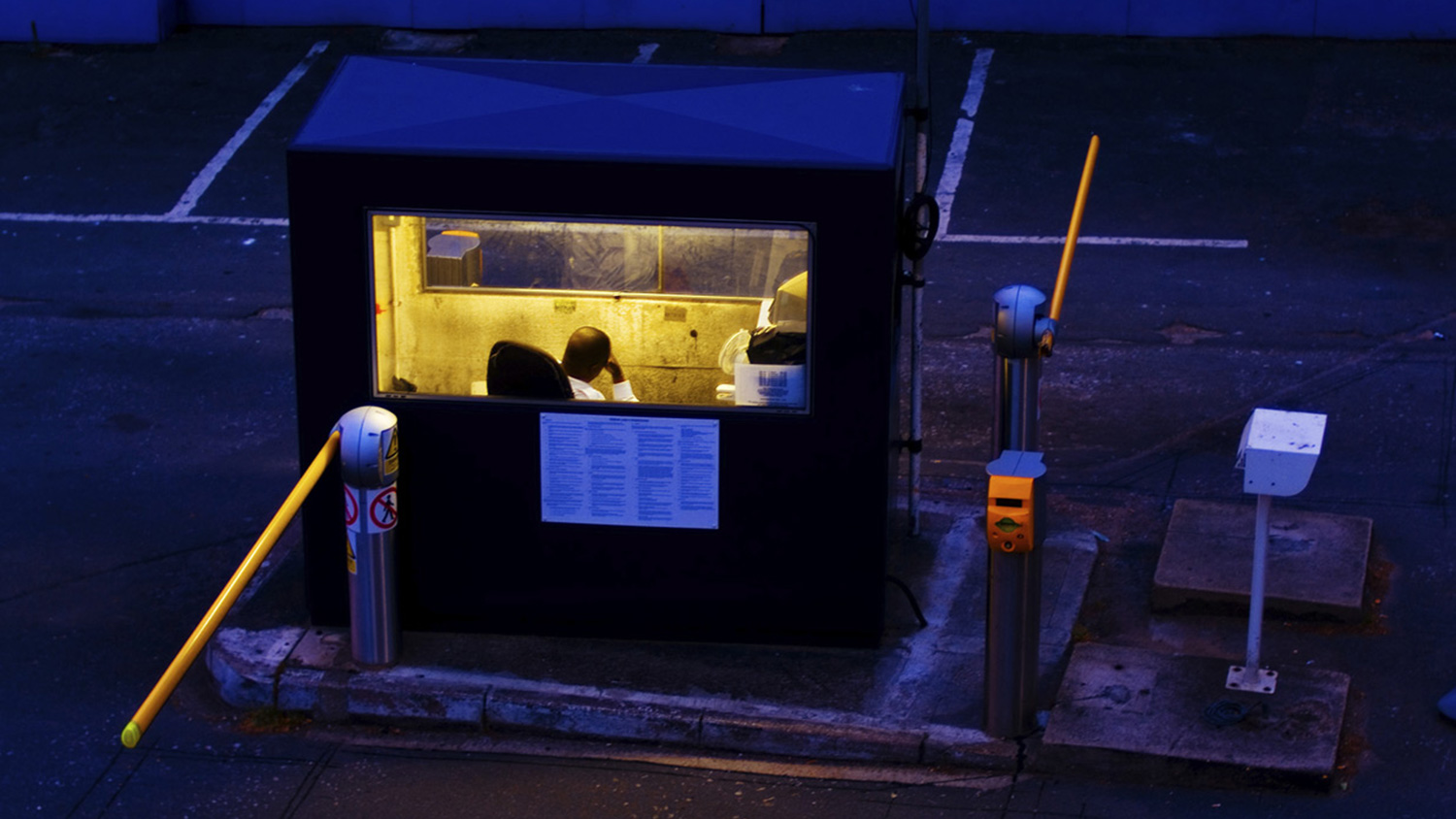
Briefing: Health and safety during darker days
Although we are edging closer to spring, many of us are still being affected by wintery weather and the shorter daylight hours. What can you do to ensure that you continue to make your workplace as safe as possible during the last days of winter? In this briefing, law firm rradar presents health and safety tips to ensure you make it through the darker days without mishap.
The first thing to do is take a look at your existing risk assessments. These should highlight any potential hazards. Assess each task with the effect that the change in daylight hours might have.
Review the company’s emergency procedures. Do they take long dark nights into account? If there’s an emergency outside and it happens after sunset, it’s a good idea to make sure the first aid box has a suitable torch included – and check the batteries!
A lot of winter wear tends to be on the dark side; make sure staff know about brighter options, including high-visibility jackets with reflective patches, when they’re travelling to and from work, especially if your premises are accessed by unlit roads.
It’s easy to spot obstacles and trip hazards during the day but what about at night? Think about what happens when employees or visitors are leaving the building. Have you got enough lighting to make sure they don’t slip, trip or fall? This goes double for people with limited mobility or those who may have trouble picking out steps in low light. Contrast strips or fluorescent paint can make spotting steps a lot easier.
It’s worth checking to make sure that any changes to working practices haven’t made old lighting and safety arrangements out of date. If so, they need to be updated as soon as possible.
If work operations take place in a yard, it should be compulsory for all staff to wear high visibility clothing with reflective strips when going outside.
While floodlights and other illumination may have been set up for the hours of darkness, make sure you take a walk around the site and note any areas the light doesn’t reach. You may need to relocate some lighting to get rid of areas of shadow.
If your car park is a fair walk from the building, have you considered the dangers to staff if it’s not properly lit? Not merely from prowlers or assailants but also from the risk of a driver accidentally hitting a colleague. Whilst on the subject of car parks, it’s worth thinking about what happens when people or vehicles are leaving very bright areas, then going to unlit dark areas (or vice versa). It takes the human eye a short time to adjust to the different lighting levels. This can leave the person vulnerable if there are any hazards present.
The issue of security is of course a prime consideration. Crime rises noticeably during the winter months and new lighting may be needed to make sure all areas are securely lit.
If you use CCTV on the premises, perhaps consider infra-red floodlights so that any images or recordings will not be useless due to poor lighting. CCTV can also be used to locate and assist members of staff or visitors in an emergency, when a human-based search might take too long.








